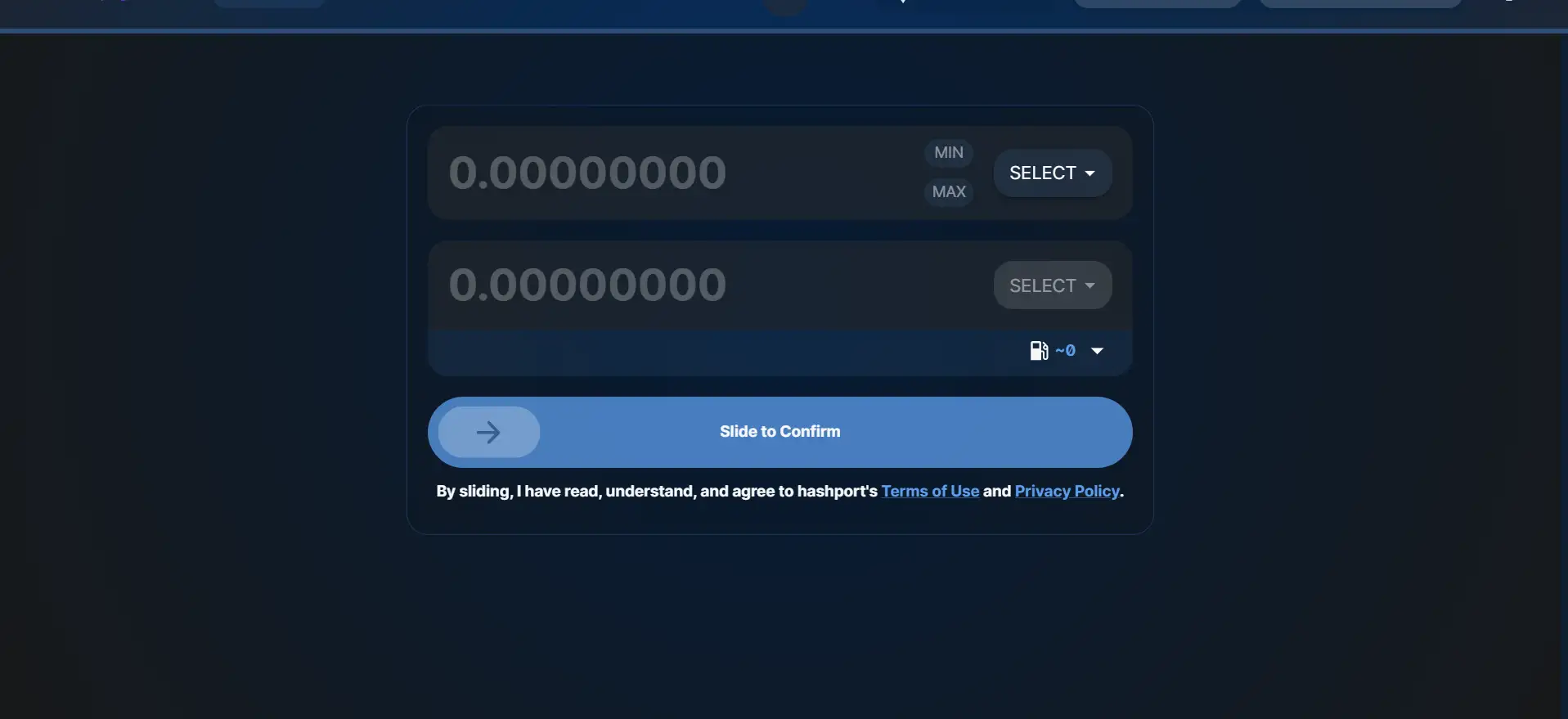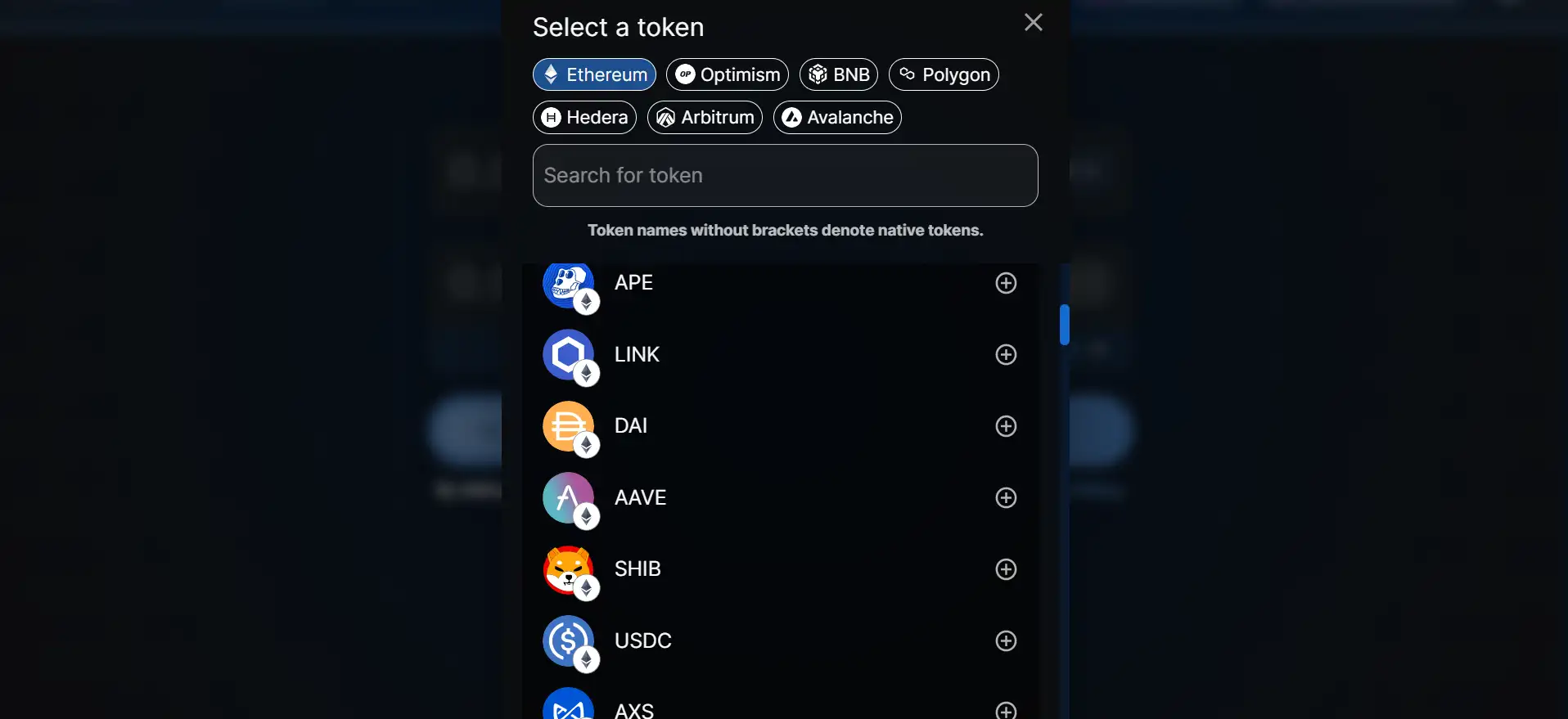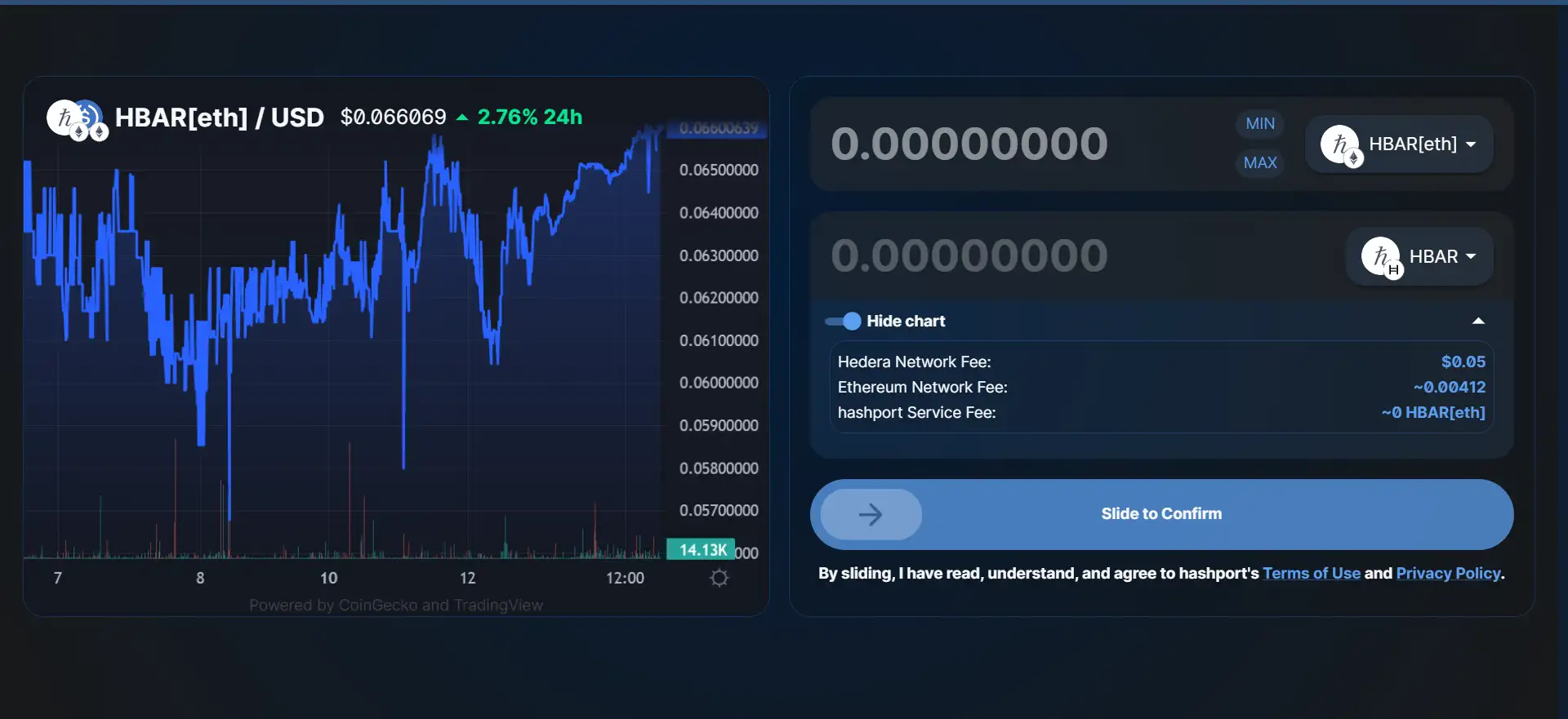About Hashport
Hashport is a public utility designed to bridge the gap between various blockchain networks, enabling the seamless and secure transfer of digital assets across different distributed ledger technologies (DLTs). The platform is a significant innovation in the blockchain ecosystem, addressing the need for interoperability, which is a critical challenge in the decentralized finance (DeFi) landscape. Hashport’s mission revolves around enhancing the accessibility and usability of digital assets, irrespective of the underlying blockchain they are built on.
In a decentralized world where multiple blockchains operate in isolation, Hashport emerges as a vital solution to the fragmentation issue. By allowing digital assets to move freely across different networks, Hashport not only enhances liquidity but also increases the overall efficiency and utility of blockchain technology. The platform is designed with a focus on security, speed, and cost-effectiveness, ensuring that users can trust it with their valuable assets during cross-network transactions.
Hashport was conceived as a solution to one of the most pressing issues in the blockchain space: the lack of interoperability between different blockchain networks. Since its launch, Hashport has been at the forefront of enabling seamless and secure digital asset transfers across various distributed ledger technologies (DLTs). This ability to facilitate cross-network transactions without compromising on security or speed has positioned Hashport as a critical infrastructure in the blockchain ecosystem.
The project was developed by a team of experts in blockchain technology, cybersecurity, and finance, who recognized the need for a platform that could bridge the gap between disparate blockchain networks. Before Hashport, users and developers faced significant challenges when attempting to transfer assets or data across different blockchains, often having to rely on centralized exchanges or complex, risky workarounds. Hashport solves this problem by offering a decentralized, public utility that ensures the integrity of transactions while enabling interoperability.
One of the key milestones in Hashport’s development was its rigorous security audits, conducted by independent third-party firms. These audits have helped establish Hashport as a trusted platform, reassuring users that their assets are protected during transfers. Additionally, the platform’s governance model, which includes a council of validators from reputable organizations, further enhances its credibility and reliability.
Hashport operates by leveraging a combination of technologies and protocols that enable it to serve as a secure bridge between blockchains. When a user initiates a transfer, Hashport locks the asset on the source blockchain and then creates a corresponding asset on the destination blockchain. This process ensures that the total supply of the asset remains constant across all networks, preventing issues like double-spending or inflation. The platform supports a wide range of digital assets, including cryptocurrencies, tokens, and even non-fungible tokens (NFTs). The interoperability provided by Hashport can be compared to solutions offered by platforms like Wanchain and Polkadot, which also focus on connecting multiple blockchains.
As Hashport continues to evolve, it plans to expand its support for additional blockchain networks and enhance its service offerings. The platform's development roadmap includes the integration of more sophisticated security measures, user experience improvements, and potentially new governance features that allow for even greater community participation. These ongoing developments ensure that Hashport remains at the cutting edge of blockchain interoperability, making it a crucial tool for developers, enterprises, and individual users looking to operate across multiple blockchain ecosystems.
The key benefits and features of Hashport distinguish it from other interoperability solutions in the market:
- Seamless Interoperability: Hashport allows users to transfer digital assets across different blockchain networks effortlessly, enhancing the overall utility and liquidity of these assets.
- Security: The platform employs state-of-the-art security measures, including rigorous third-party audits and a robust governance model, ensuring the safety of users' assets during cross-network transactions.
- Cost-Effectiveness: Hashport offers a cost-effective solution for asset transfers, minimizing the fees associated with moving assets between different blockchain networks.
- Speed: Transactions on Hashport are processed quickly, reducing the time typically required for cross-chain transfers and improving the user experience.
- Transparency: With an open and audited system, Hashport provides transparency in its operations, building trust among its users.
- Support for Multiple Assets: Hashport supports a wide range of digital assets, including cryptocurrencies, tokens, and NFTs, making it a versatile tool for users operating across different blockchain ecosystems.
- Governance: The platform’s governance model, which includes a council of validators, ensures that decisions are made in a decentralized and transparent manner.
Getting started with Hashport is straightforward:
- Visit the official Hashport website.
- Create an account by providing the necessary details and completing the verification process.
- Link your existing wallets from the supported blockchain networks to your Hashport account.
- Select the asset you want to transfer and the destination blockchain network.
- Initiate the transfer by following the on-screen instructions. Hashport will lock the asset on the source blockchain and create a corresponding asset on the destination blockchain.
- Once the transfer is complete, you will receive a confirmation, and the asset will be available on the destination blockchain.
- Explore additional features of Hashport, such as governance participation, by accessing the relevant sections on the platform.
If you need further assistance, refer to the Hashport documentation, which provides detailed guides and tutorials.
Hashport Reviews by Real Users
Hashport FAQ
Hashport employs state-of-the-art security protocols, including rigorous third-party audits and a robust governance model with a council of validators. This ensures that all cross-network transactions are secure, transparent, and free from tampering.
Yes, Hashport supports the transfer of non-fungible tokens (NFTs) across different blockchain networks, allowing you to move your digital collectibles seamlessly and securely.
Hashport is designed to be cost-effective, with minimal fees for transferring assets between blockchain networks. These fees are transparent and are significantly lower compared to other cross-chain solutions.
When using Hashport, the original asset is locked on the source blockchain, and a corresponding asset is created on the destination blockchain. This method ensures there’s no duplication, preventing issues like double-spending or inflation.
Transactions on Hashport are processed with remarkable speed, thanks to the platform’s optimized protocols. Typically, cross-network transfers are completed in just a few minutes.
You Might Also Like












